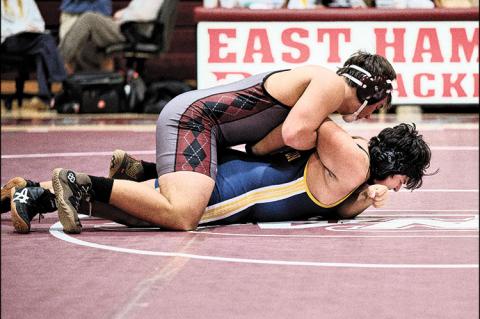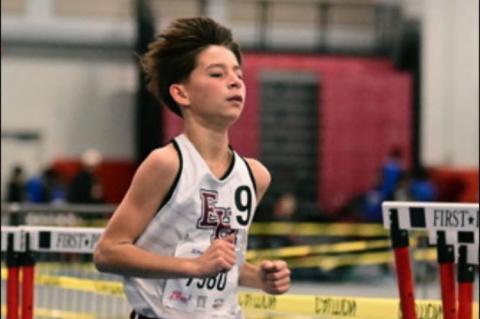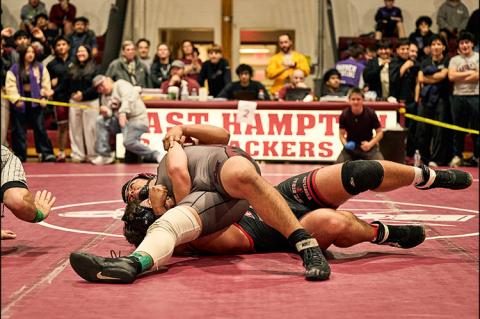The East Hampton Indoor/Outdoor Club in Wainscott pretty much has the racket sports covered now with the recent introduction there of padel, a fast-moving four-wall doubles game combining the serving and volleying of tennis with squash's off-the-wall shots. Originating in Acapulco, Mexico, in 1969, padel spread throughout South America and Europe before alighting here.
The three 10-by-20-meter courts, which sit on concrete foundations overlaid by artificial turf intermixed with sand, and which are firmly anchored so as to withstand hurricane winds up to 160 miles per hour, are being managed under the Brisas banner by their young constructors, Lucho G. and Rohan Kamdar, who in between points on Friday morning said that "everybody who's played on them has said they're the best courts they've ever played on."
"They're certainly among the best in the world," said an onlooker, Shoval Malin, a 24-year-old padel professional from Israel, a veteran of the war in Gaza who plans to play in coming padel tournaments at Padel Haus in Brooklyn and at the Padelphia Club in Bala Cynwyd, Pa.
"My goal," said Malin, a former pro tennis player before switching to padel four years ago, "is to be number-one in the world."
Padel, he said, had it over tennis inasmuch as "you have to play smarter and react quicker."
In padel, it's apparently finesse, not power, that wins the day. "You have to be patient in this game," the Israeli pro said as Kamdar and Lucho G. were returning overheads from the back and side walls and engaging in volley duels with their opponents at the net. Yes, he said, tennis players, because of their deft hands, could quickly adapt to the game, but perhaps not so readily to its long rallies, the urge to put the ball away overtaking them at times.
Padel's setup and scoring are like tennis, though the net is a bit lower and the serves -- a second one is allowed if the first lands outside the server's box -- are underhanded off a bounce with the ball struck below the waist. A salient rule is that the ball must bounce before it hits a side or back wall, which can be used to keep the ball in play. This is where a knowledge of squash or platform tennis or racquetball comes in handy.
Kamdar and his partner "hope that Brisas will be a sanctuary where everyone can learn about padel and socialize through the sport. We'll have exhibitions, clinics, and private lessons with various membership options . . . the courts are open to the public."
Adjoining the courts is a pleasant shaded area with mahogany and rain tree furniture and a sauna and cold-plunge where Shani Rom, the head of wellness, gives yoga, Pilates, and ceramics classes.
Had she played padel? "I have a little bit . . . I love it. There's an artistry to how you play, how you move, how you communicate with your partner. . . ."
As for the area over which she presides, "We don't want you to just play and leave -- that's why we have these other earthy and grounding things," Rom said, adding that the booking of courts and classes can be made through the Brisas app, or online through brisas.us.






